Rising Prevalence of Cardiac Disorders
The increasing prevalence of cardiac disorders is a significant driver for the Pulse Field Ablation System Market. With conditions such as atrial fibrillation affecting millions worldwide, the demand for effective treatment options is escalating. According to recent estimates, the number of individuals diagnosed with atrial fibrillation is expected to reach 14 million by 2030. This growing patient population necessitates advanced treatment modalities, including pulse field ablation, which offers a minimally invasive alternative to traditional surgical methods. As healthcare systems strive to manage these conditions more effectively, the adoption of pulse field ablation systems is likely to rise, contributing to market growth.
Shift Towards Minimally Invasive Techniques
The Pulse Field Ablation System Market is benefiting from a notable shift towards minimally invasive techniques in medical procedures. Patients increasingly prefer treatments that promise shorter recovery times and reduced hospital stays. Pulse field ablation, known for its precision and lower complication rates, aligns well with this trend. Market data indicates that minimally invasive procedures are projected to account for over 60% of all surgical interventions by 2026. This shift not only enhances patient satisfaction but also encourages healthcare providers to invest in advanced technologies, thereby propelling the growth of the pulse field ablation market.
Growing Awareness and Education on Cardiac Health
The Pulse Field Ablation System Market is positively influenced by growing awareness and education regarding cardiac health. Public health campaigns and educational initiatives are increasingly informing patients about the risks associated with cardiac disorders and the available treatment options. This heightened awareness is leading to more individuals seeking medical advice and intervention for conditions like atrial fibrillation. Consequently, the demand for effective treatments, including pulse field ablation, is on the rise. As healthcare providers respond to this demand by offering more advanced solutions, the market for pulse field ablation systems is expected to grow significantly.
Increased Investment in Healthcare Infrastructure
The Pulse Field Ablation System Market is also experiencing growth due to increased investment in healthcare infrastructure. Governments and private entities are allocating substantial resources to enhance medical facilities and adopt cutting-edge technologies. This trend is particularly evident in regions where healthcare systems are evolving to meet rising patient demands. For instance, investments in cardiac care units and specialized training for healthcare professionals are expected to facilitate the adoption of pulse field ablation systems. As a result, the market is likely to expand, driven by improved access to advanced treatment options and enhanced patient care.
Technological Innovations in Pulse Field Ablation
The Pulse Field Ablation System Market is witnessing a surge in technological innovations that enhance the efficacy and safety of ablation procedures. Recent advancements in energy delivery systems and catheter designs have improved precision, leading to better patient outcomes. For instance, the integration of real-time imaging technologies allows for more accurate targeting of cardiac tissues, which is crucial in treating arrhythmias. As a result, the market is projected to grow at a compound annual growth rate of approximately 12% over the next five years, driven by these innovations. Furthermore, the development of automated systems that reduce procedural times is likely to attract more healthcare providers to adopt pulse field ablation techniques, thereby expanding the market further.


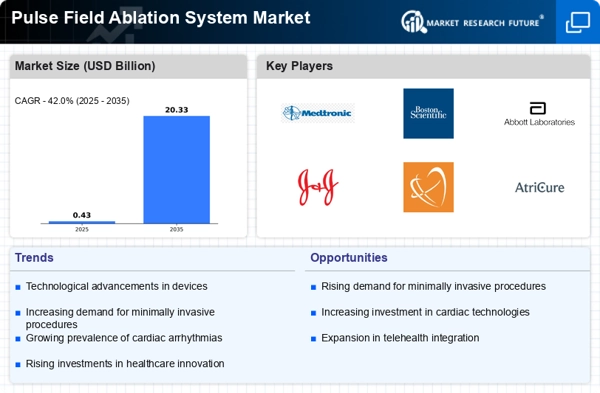
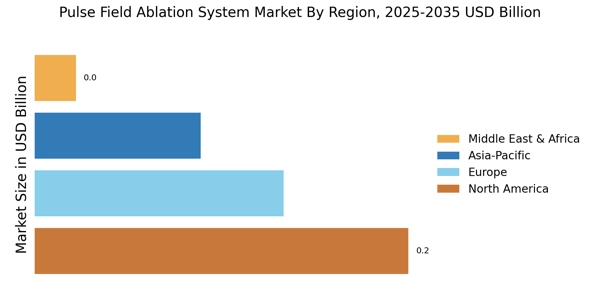
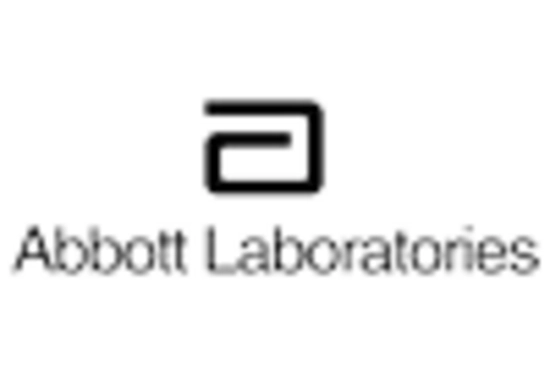
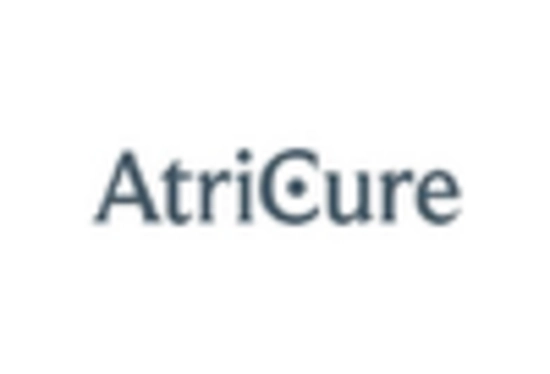
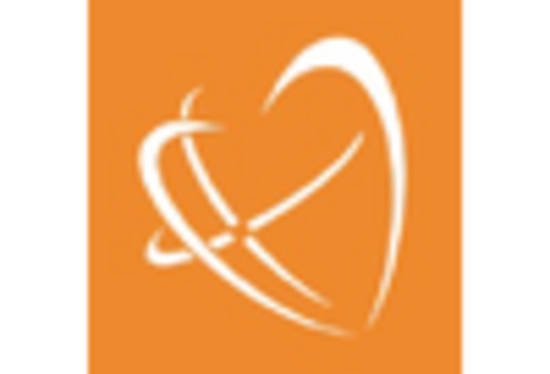











Leave a Comment